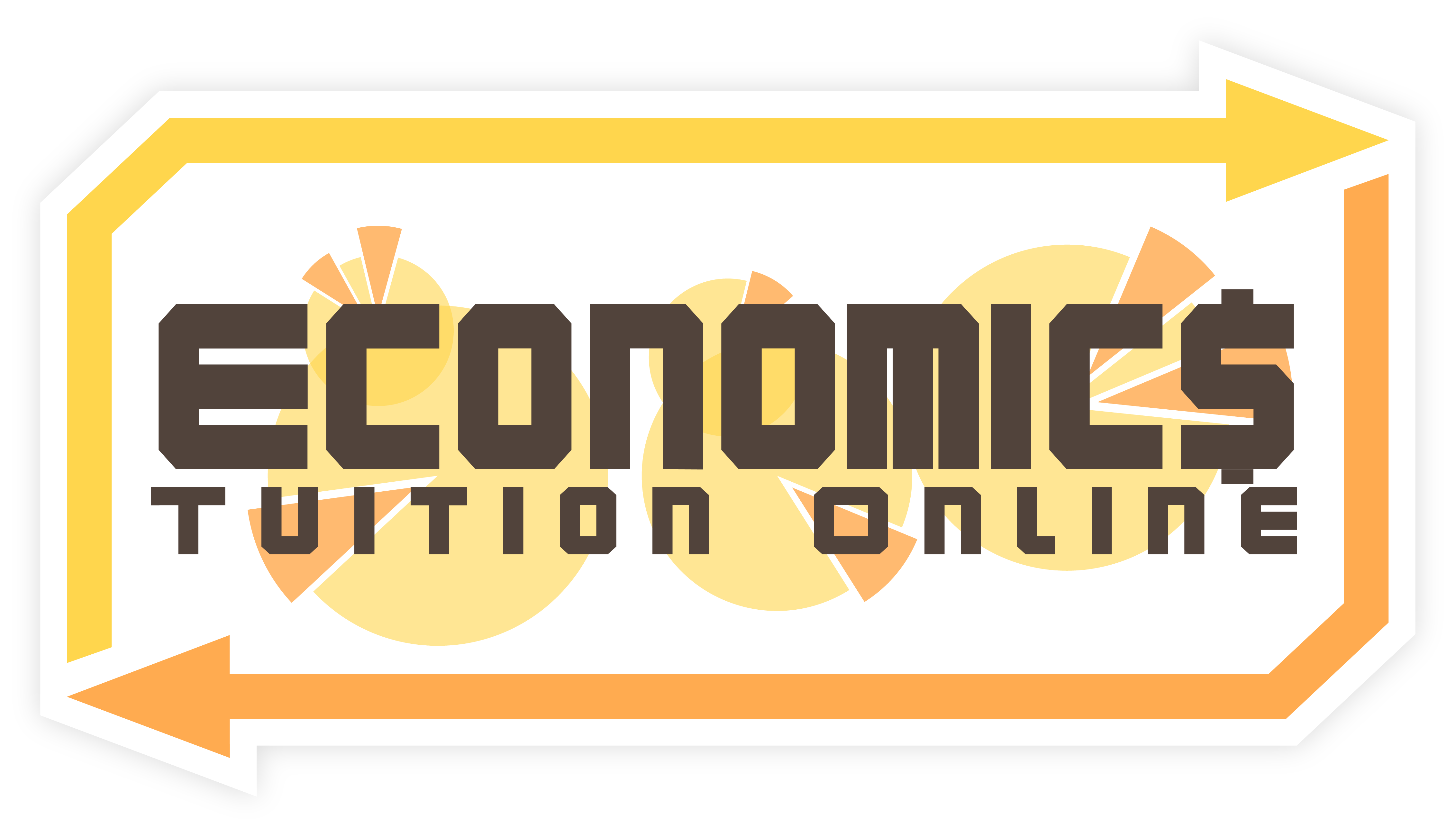Cost of Production
Another major feature in the study of Microeconomics is Cost of Production prepared by our JC Economics Tutor Simon Ng from Economicsfocus which examines different cost conditions that influence the pricing and output decisions of firms. Also, find out how differences in time periods, particularly short run and long run conditions, can shape the decisions of firms. In short, this topic will be useful in illustrating the underlying motivation of firms as they pursue the main aim of profit maximisation.


